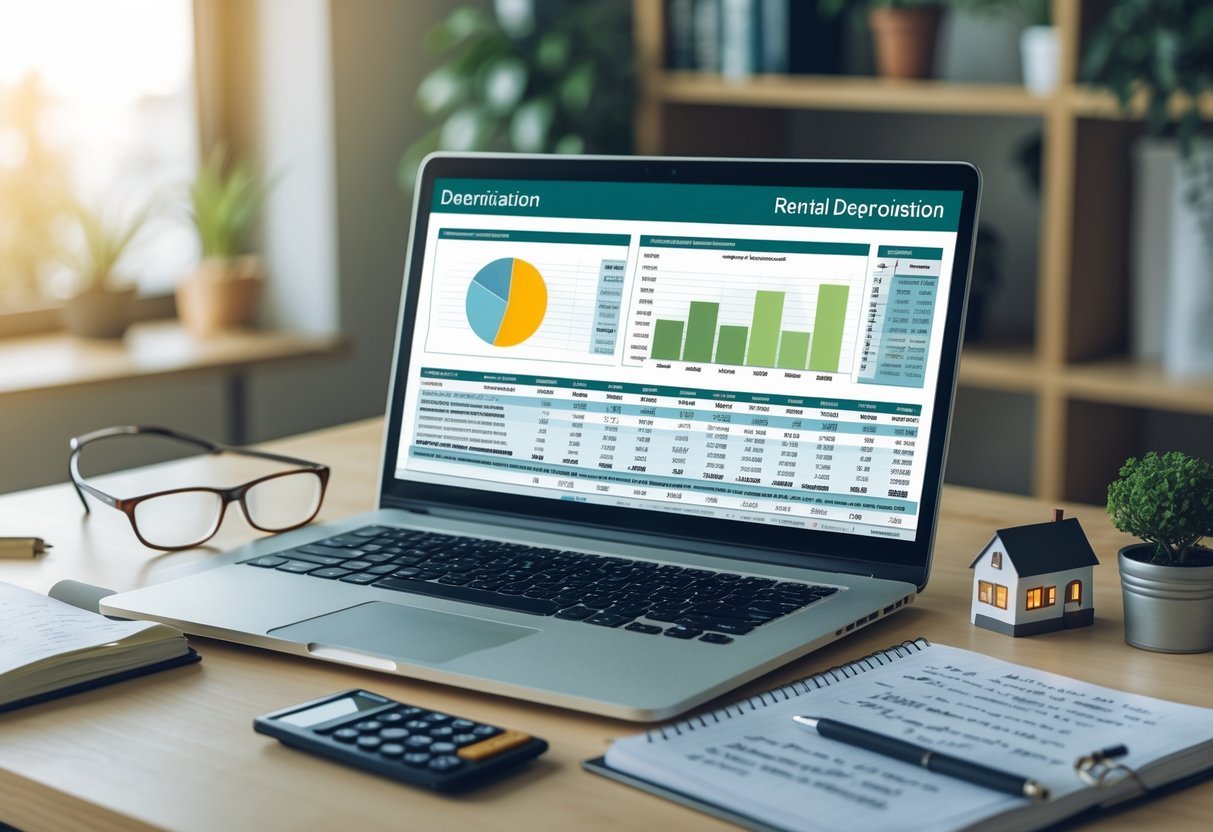Working your way through a 1031 exchange can seem complex, but understanding the timeline is essential for meeting IRS requirements and deferring your capital gains taxes. You have exactly 45 days to identify potential replacement properties and a total of 180 days to close on one or more of them, or risk losing the tax benefits. These strict deadlines form the backbone of every successful 1031 exchange and cannot be extended for any reason.
Your ability to act quickly and efficiently during the process will determine your success as an investor. Missing these deadlines could mean losing out on significant tax advantages, so it’s crucial to be proactive and organized at each step. Knowing the key timeframes and how to manage them will help ensure a smooth transaction and maximize your investment returns.
Key Takeaways
- Know the key dates to ensure compliance with 1031 exchange rules
- Accurate timing is crucial for completing your exchange successfully
- Understanding the process helps you avoid costly mistakes
Understanding the 1031 Exchange Timeline
To complete a 1031 exchange successfully, you need to meet strict deadlines set by the IRS and understand the critical rules about property eligibility. These requirements determine the flow of your transaction and can impact your ability to defer capital gains taxes.
Key Milestones and Deadlines
The 1031 exchange timeline has two central deadlines: the 45-day identification period and the 180-day exchange period. After selling your original investment property, you have exactly 45 calendar days to identify potential replacement properties. All possible options must be listed in writing and submitted to your qualified intermediary during this time.
The total exchange period lasts 180 days from the sale date. You must close on one or more of the properties you identified within this window. These timeframes cannot be extended even if the 45th or 180th day falls on a weekend or holiday. Missing either deadline means losing the tax-deferral benefit, so careful planning is essential. For more details, see the 1031 exchange timeline breakdown.
Summary Table
| Key Event | Deadline |
|---|---|
| Identify replacement | 45 days from property sale |
| Complete exchange | 180 days from property sale |
Important IRS Rules and Regulations
The IRS enforces strict regulations for 1031 exchanges under the Internal Revenue Code Section 1031. Use of a qualified intermediary is required—you cannot take possession of sale proceeds at any point. If you touch the funds, the transaction is disqualified and immediately taxed.
You must follow the three-property rule, the 200% rule, or the 95% rule when listing potential properties. All identification notices must be in writing, signed, and delivered within 45 days. The exchange must only involve real property intended for business or investment, and any deviation from these rules can lead to IRS disallowance of the exchange.
A delayed or “Starker” exchange is the most common type, and all paperwork should accurately reflect compliance with 1031 regulations. Strict adherence to IRS 1031 guidance is crucial.
Eligibility and Like-Kind Requirements
Eligibility for a 1031 exchange hinges on the properties and your intent. Both the relinquished and replacement properties must be held for business or investment purposes. Primary residences and stocks do not qualify. The properties must also be like-kind, meaning they are of the same nature or character, even if they differ in grade or quality.
For example, you can exchange an apartment building for industrial land, as both are real estate for investment. Foreign properties cannot be exchanged for domestic, and vice versa. Corporations, LLCs, and individuals can all qualify, but all parties must demonstrate proper intent to invest—not personal use.
Carefully review what constitutes like-kind real estate before moving forward. More information about like-kind and eligibility requirements can help you avoid costly mistakes.
Executing a Successful 1031 Exchange
Strict timelines and accurate compliance are essential to avoid disqualifying your 1031 exchange. Understanding the roles, deadlines, and documentation required ensures you retain tax-deferred status on your investment property transactions.
Role of the Qualified Intermediary
A qualified intermediary (QI) is a neutral third party that facilitates the 1031 exchange process. You cannot access the proceeds from the sale of your relinquished property directly; the QI holds the funds until the replacement property is acquired. Engaging a reputable QI is mandatory, as handling funds yourself will invalidate the exchange.
The QI prepares key legal documents and manages the flow of money between transactions. They also provide guidance on the exchange timelines and requirements. Selecting an experienced QI reduces the risk of compliance errors and can streamline each step of the process. Always confirm your chosen intermediary is not a related party, as this could prevent you from meeting IRS rules.
Replacement Property Identification Process
After transferring your relinquished property, you have 45 days to identify potential replacement properties. You must submit a written list to your qualified intermediary specifying the replacement property address or legal description. The written identification is irrevocable and must be signed by you.
IRS regulations limit the number of properties you can identify. Most investors either identify up to three properties of any value or as many as desired if their combined fair market value does not exceed 200% of the relinquished property’s value—known as the three-property or 200% rule. Ensuring precise and timely documentation on the replacement property identification form is essential.
Documentation and Compliance Requirements
Thorough documentation is a cornerstone of IRS compliance for exchanges. You need to maintain copies of all contracts, settlement statements, and identification forms. A written list describing each property identified must be retained and shared with the QI, seller, or another party involved in the exchange.
You must file IRS Form 8824 along with your annual tax return. This form outlines the details of the exchanged properties, the fair market value, and all key dates within the exchange process. Properly prepared records will help you defend the exchange in case of an IRS audit. Accurate completion of legal documents, along with strong organizational habits, safeguards your tax-deferral and ensures the 1031 rules are satisfied.
Frequently Asked Questions
Timing is crucial in a 1031 exchange. Missing a deadline or misunderstanding a requirement can lead to unwanted tax consequences or a failed exchange.
What are the key deadlines within the 1031 exchange timeline?
You must identify potential replacement properties within 45 days of selling your relinquished property. The entire exchange must be completed within 180 days of the sale or by your tax return due date, whichever comes first. More details about this can be found in this comprehensive guide to 1031 exchange deadlines.
Can the 1031 exchange timeline be extended under special circumstances?
In most situations, extensions to the timeline are not allowed. The IRS holds firm on both the 45-day identification period and the 180-day exchange completion period. Rare exceptions may apply for federally declared disasters, but such relief is uncommon and not guaranteed.
How does the 45-day identification period work in a 1031 exchange?
After closing on your relinquished property, you have exactly 45 calendar days to identify up to three possible replacement properties. The identification must be in writing and delivered to the qualified intermediary or other appropriate party. No extensions are granted for weekends or holidays during this period. For more details, see this explanation of the 45-day rule.
What is the significance of the 180-day completion period in a 1031 exchange?
You must close on the replacement property or properties within 180 calendar days of the sale of your relinquished property. This window includes the 45-day identification period. The exchange is only valid if you complete all acquisitions within this strict deadline.
Are there any changes to the 1031 exchange timeline due to recent tax laws?
There have been no significant changes impacting 1031 exchange timelines due to recent federal tax law updates. The 45-day and 180-day periods remain unchanged. Always confirm the latest details with your tax advisor and check for updates specific to your situation.
What are the consequences of missing a deadline in the 1031 exchange timeline?
Missing either the 45-day identification period or the 180-day exchange completion deadline will disqualify the exchange. Your capital gain will become immediately taxable, and you will lose the deferral benefit. There are no exceptions unless a rare federal disaster relief applies. For additional information about deadlines and consequences, visit this 1031 exchange deadlines FAQ.




